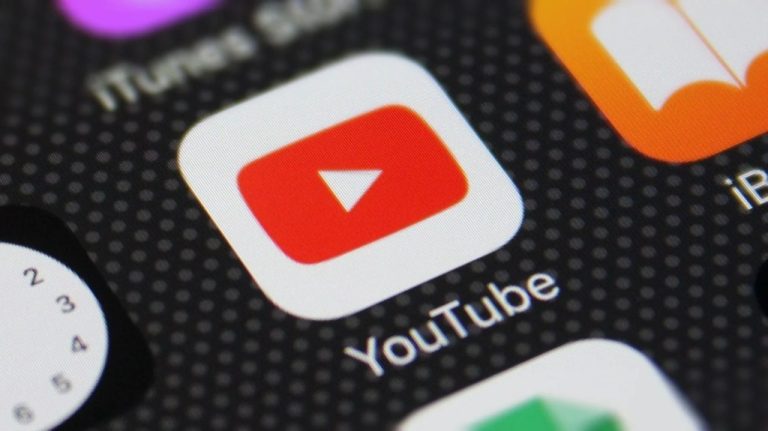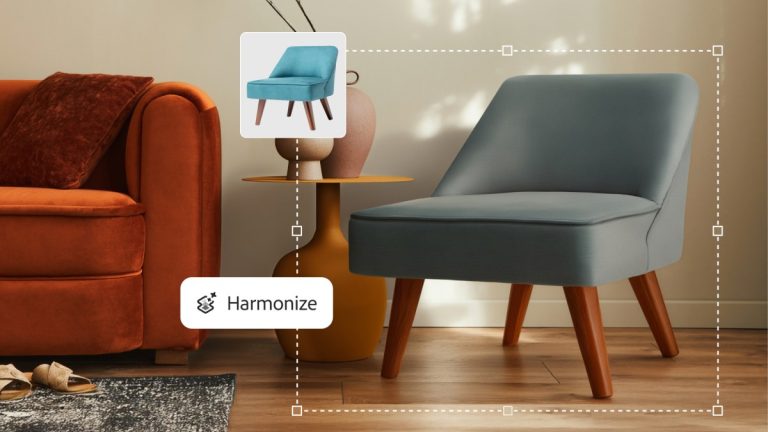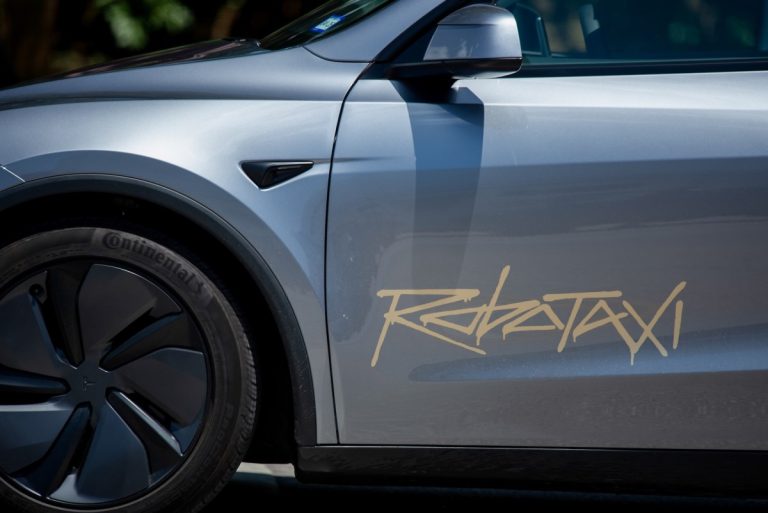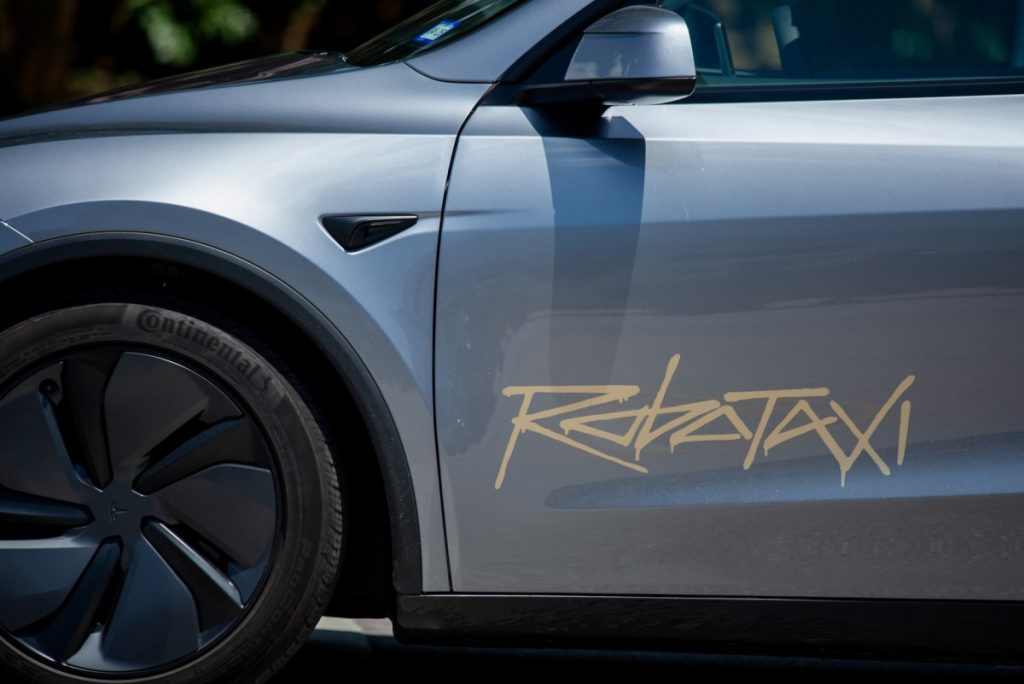YouTube has launched advanced age-estimation technology across U.S. accounts to better identify teenage users and enhance safety measures. The system analyzes multiple behavioral and account-related signals to detect underage viewers, even if they registered with inaccurate birthdates. This move aims to enforce stronger protections regardless of user-reported age data.
Key Features for Teen Accounts
Identified teen accounts will automatically receive:
- Disabled personalized advertising
- Restrictions on repeated viewing of sensitive content categories
- Activated well-being tools including screen time trackers and sleep reminders
Accuracy and Verification
Users flagged as minors in error can challenge the classification through multiple verification methods:
- Credit card validation
- Government ID submission
- Facial age analysis via selfie
Full access to age-restricted content requires successful age confirmation through these methods.
Implementation Timeline
The machine learning system will:
- Roll out gradually to select U.S. users over coming weeks
- Undergo performance monitoring before expanding nationwide
- Apply exclusively to logged-in accounts across all device types
Regulatory Context
This update aligns with:
- YouTube’s 2025 safety roadmap announced earlier this year
- Ongoing platform enhancements since 2018’s digital wellness initiatives
- Global regulatory shifts including the UK’s new Online Safety Act
Approximately 15 U.S. states have implemented or proposed age verification laws, creating a complex compliance landscape for social platforms. Current legal battles in states like Utah and Arkansas highlight ongoing debates about responsibility for online youth protection.
Historical Precedents
YouTube’s youth safety measures have evolved through:
- 2015 launch of YouTube Kids app
- 2024 introduction of supervised parent-child accounts
- Progressive content restriction algorithms developed since 2023














